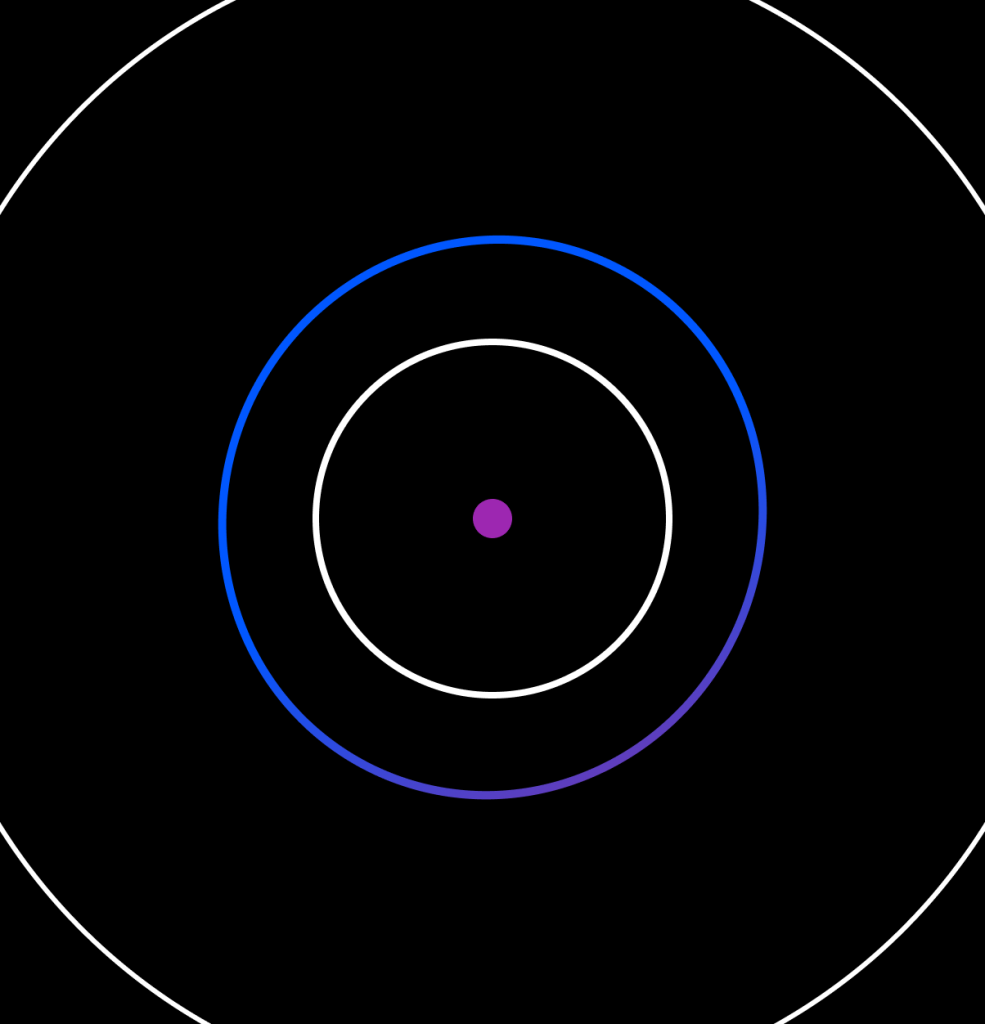
When building a successful business strategy, one of the foundational steps is to thoroughly understand your market. Knowing the size of your market opportunity allows you to align your strategy with realistic goals and maximize your potential for growth. The TAM, SAM, SOM framework offers a structured approach to evaluating your market at different levels, helping you focus your resources where they will have the most impact.
In this article, we’ll explain the TAM (Total Available Market), SAM (Serviceable Addressable Market), and SOM (Serviceable Obtainable Market) framework and explore how it connects to your overall strategy process.
What Is TAM, SAM, SOM?
TAM, SAM, and SOM are essential concepts in market analysis that help companies quantify their target market and better align their resources.
TAM (Total Available Market):
TAM refers to the entire market demand for a product or service. It represents the maximum revenue opportunity if your company were to achieve 100% market share with no constraints. This is a theoretical upper limit and helps businesses understand the full scope of potential demand in their chosen business vertical, industry, or niche.
- Strategic Focus: Understanding TAM is critical for long-term vision setting. It allows companies to gauge the full size of the market opportunity, even if capturing the entire market is unrealistic. TAM informs decisions around market entry and product development, setting the stage for future growth and expansion.
SAM (Serviceable Addressable Market):
SAM is the portion of TAM that your company’s product or service can serve. It accounts for the segments of the market that align with your offerings, but without considering competition or operational constraints. SAM is the subset of the market where your product’s features and value proposition meet customer needs.
- Strategic Focus: SAM is where strategy really begins to take shape. By identifying the specific market segments that are relevant to your product or service, companies can focus their resources on refining offerings that match customer demands. At this stage, it’s crucial to consider your company’s core strengths, resources, and technology.
SOM (Serviceable Obtainable Market):
SOM is the realistic portion of SAM that your company can capture given constraints such as competition, resources, and distribution capabilities. It reflects your attainable market share and helps you set achievable goals based on your current capabilities.
- Strategic Focus: SOM is essential for execution. While SAM provides a clear picture of where your company can operate, SOM is about defining specific, actionable targets. It allows you to focus on what’s achievable given real-world constraints and operational realities. SOM directly influences tactical decisions such as sales targets, marketing investments, and resource allocation.
Connecting TAM, SAM, SOM to the Strategy Process
Now that we understand the TAM, SAM, SOM framework, let’s explore how it connects to the strategy process.
Aligning Market Research to Strategy Definition (TAM Stage)
At the beginning of the strategy process, understanding the Total Available Market (TAM) is critical. This is where market research plays a major role. By examining market trends, customer needs, and potential demand, companies can start to define their strategic vision and long-term objectives.
Key Activities:
- Conduct a competitive analysis to understand the broader market landscape.
- Define your company vision in relation to the full market opportunity.
- Analyze external factors (e.g., economic, social, technological) that influence the overall market demand.
Strategic Output: At the TAM stage, your company should have a well-defined strategic vision and a clear understanding of the larger market opportunity. This informs high-level decisions about where the company wants to be in the next 5 to 10 years.
Strategy Formulation Based on Market Segmentation (SAM Stage)
Once TAM is understood, the focus shifts to defining a Serviceable Addressable Market (SAM). This involves segmenting the market based on the capabilities of your products and services, targeting the specific areas where you have a competitive edge.
Key Activities:
- Define target customer segments within the overall market.
- Analyze your product-market fit, ensuring your offerings align with customer needs and preferences.
- Identify your core competencies that set your business apart in these market segments.
Strategic Output: By the end of the SAM stage, the company should have clear strategic objectives for the markets it plans to serve. This includes specific product lines, geographical regions, or customer demographics that match your company’s strengths.
Execution and Tactical Planning (SOM Stage)
In the Serviceable Obtainable Market (SOM) stage, strategy moves from formulation to execution. Here, you set realistic goals for market share based on the competitive landscape, available resources, and operational capabilities. This is where strategic initiatives turn into actionable plans.
Key Activities:
- Develop a go-to-market strategy to capture your SOM.
- Establish KPIs and success metrics to track progress.
- Prioritize resource allocation across marketing, sales, and operational functions to align with the target market.
- Focus on distribution channels and sales strategies that maximize your reach within the obtainable market.
Strategic Output: At the SOM stage, companies should have a detailed action plan for capturing market share. This includes defined sales goals, marketing tactics, and operational workflows designed to achieve the company’s objectives within its SOM.
Why TAM, SAM, SOM Is Critical to Your Business Strategy
The TAM, SAM, SOM framework is essential because it helps companies:
Focus Resources Efficiently: Instead of spreading resources thin by trying to capture an entire market, companies can focus on achievable targets (SOM) where they have the best chance of success.
Drive Informed Decision-Making: By understanding the different levels of the market, companies can align their strategies with real opportunities. SAM helps you refine your focus, while SOM helps you make practical decisions about execution.
Set Realistic Goals: Having a clear understanding of your obtainable market ensures that your growth targets are both ambitious and achievable, avoiding overreach and underperformance.
Support Scaling Strategies: As a company grows, the TAM, SAM, SOM framework allows it to gradually expand its focus. Starting with SOM and working upward toward SAM and TAM as resources and capabilities increase ensures sustainable growth.
The TAM, SAM, SOM framework is more than just a market-sizing tool. It’s a critical component of the strategic process, helping businesses align their market analysis with long-term growth objectives and short-term execution plans. By connecting these three stages of market understanding to the broader strategy process, companies can make smarter, more informed decisions that drive success.
At Go:lofty Consulting, we help businesses leverage strategic frameworks like TAM, SAM, SOM to ensure market fit, scalability, and sustainable growth. Contact us today to learn how we can help you develop and execute a market-driven strategy that works.




